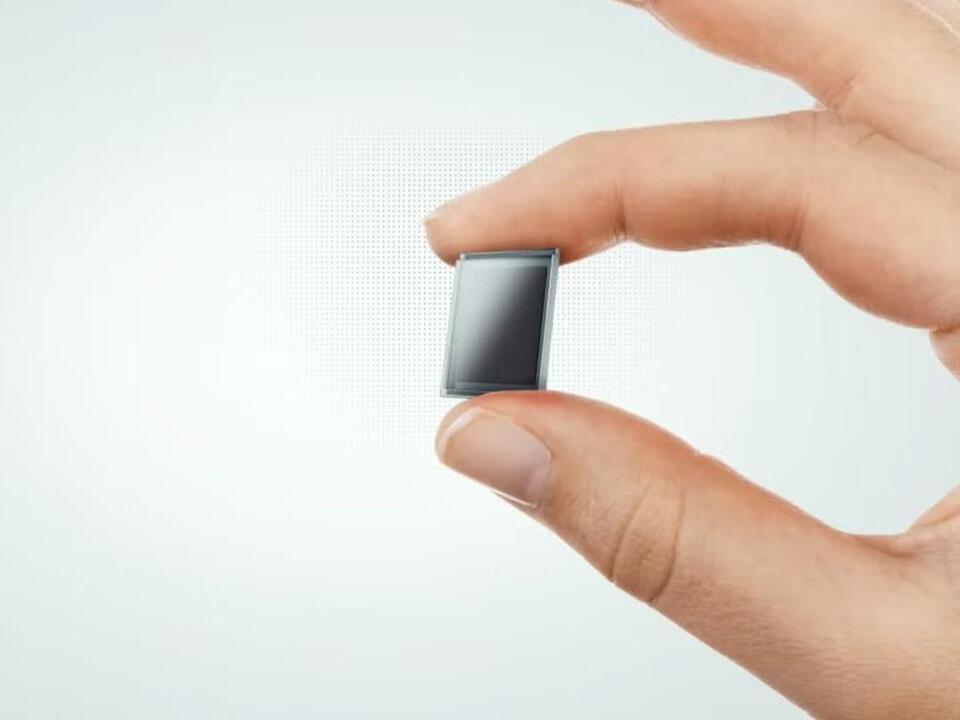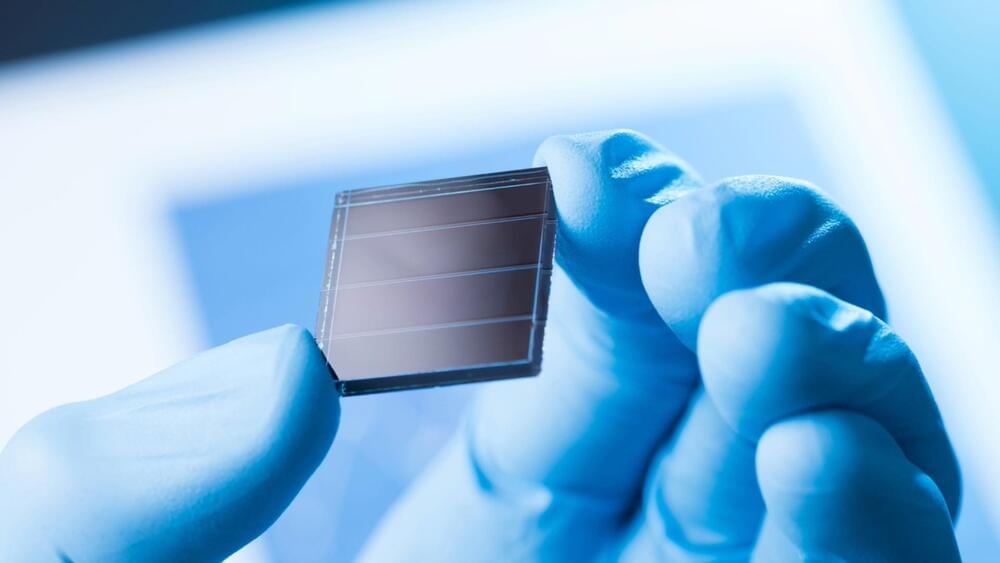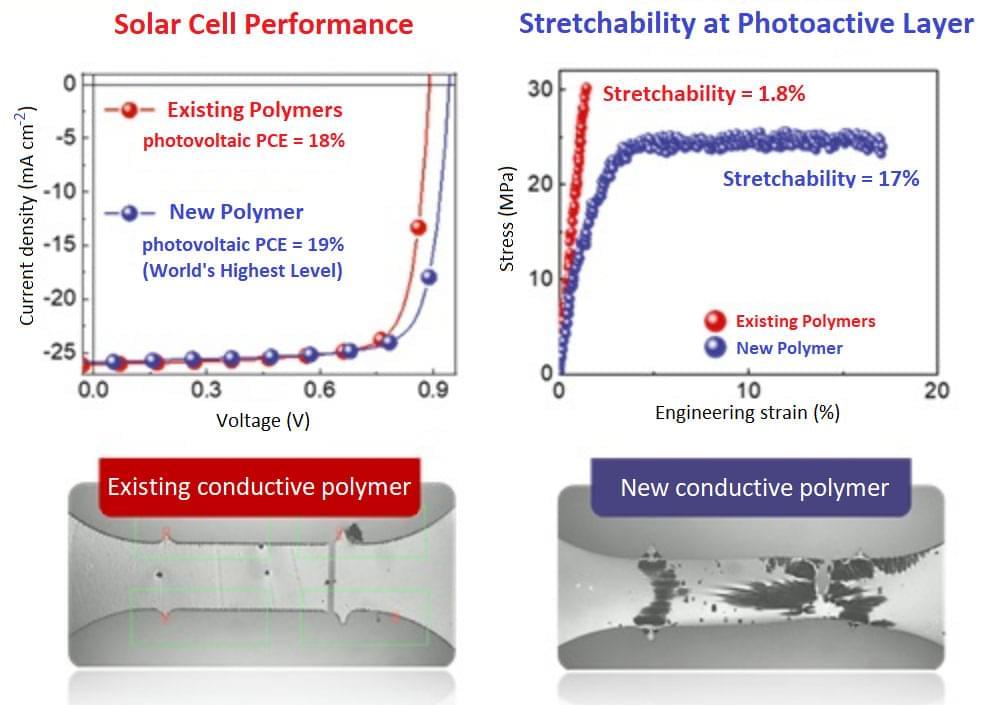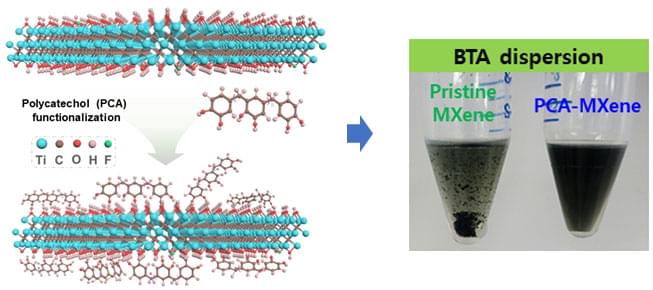Jan 10, 2024
‘Batteries are dead’: Indoor solar panel breakthrough offers endless power source, company claims
Posted by Kelvin Dafiaghor in categories: solar power, sustainability
A US startup has demonstrated an indoor solar panel that it claims could replace billions of batteries in domestic devices like TV remotes and wireless keyboards.
California-based Ambient Photonics said its new solar cell can provide constant power from just indoor and ambient outdoor light, delivering three times more power than existing technologies.
Solar power has been used for decades in low-power electronics like calculators, though such cells have so far not been suitable for more energy-intensive devices.


















